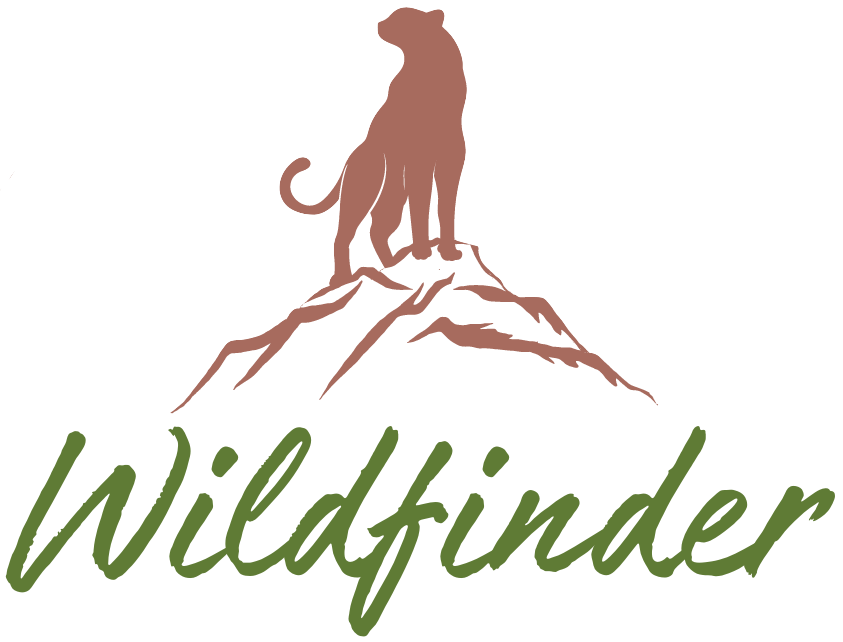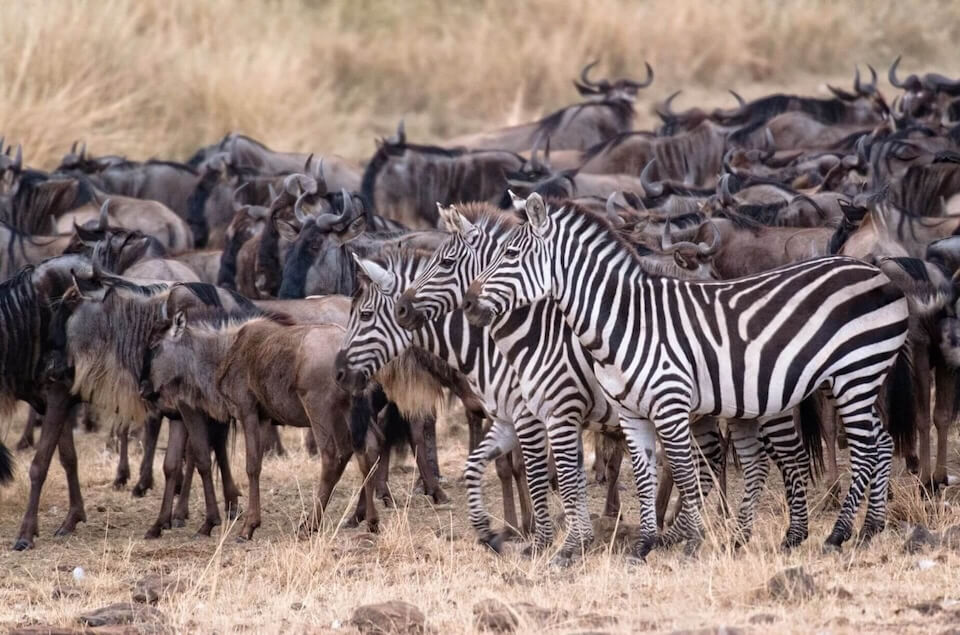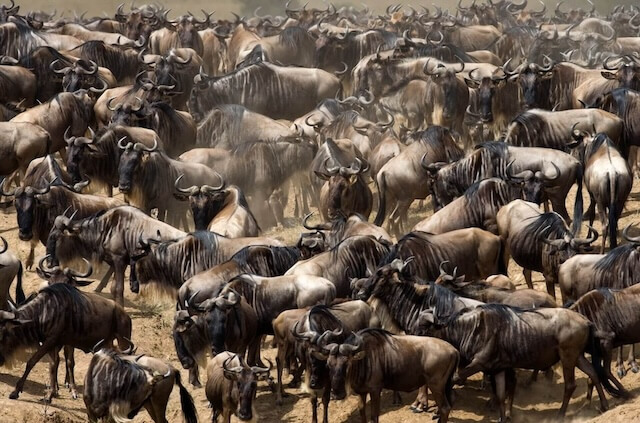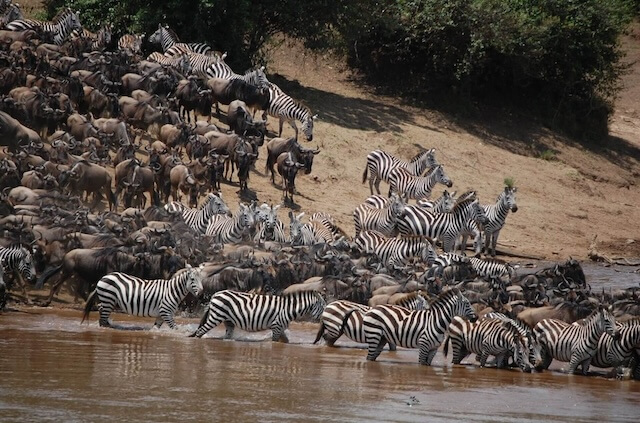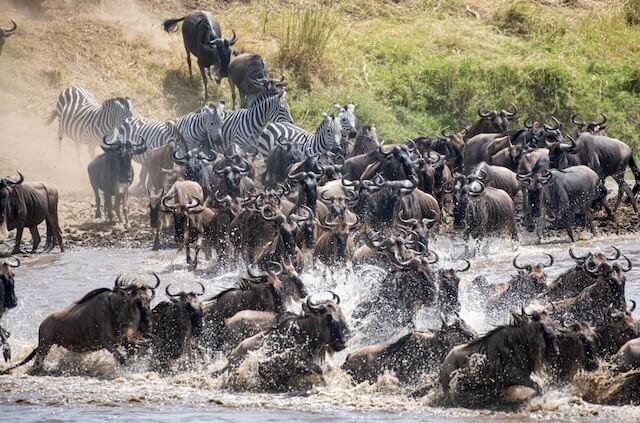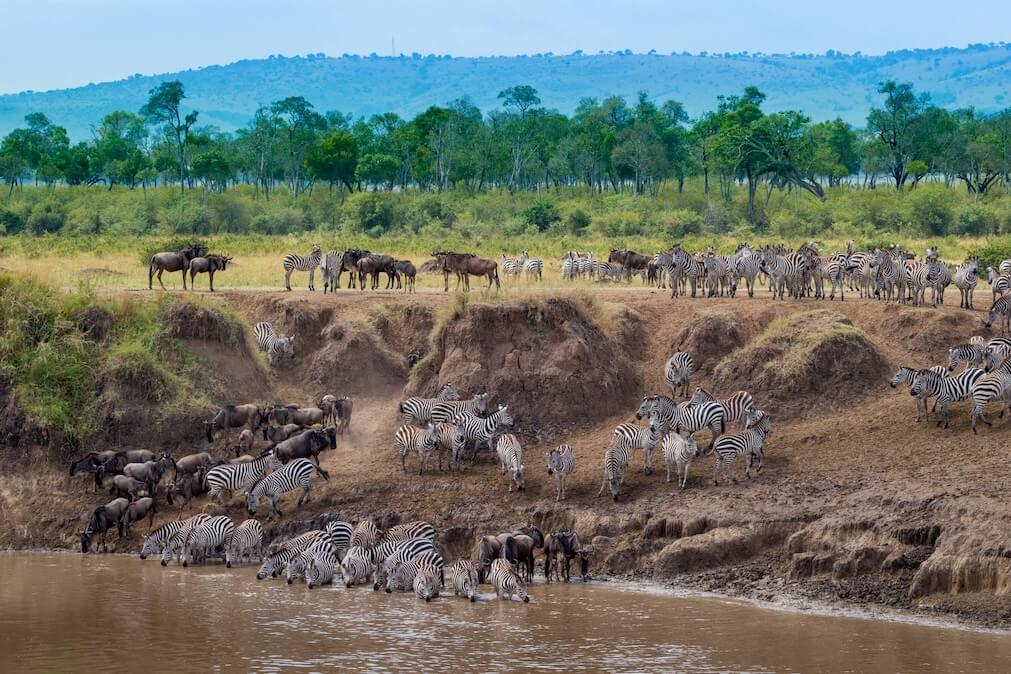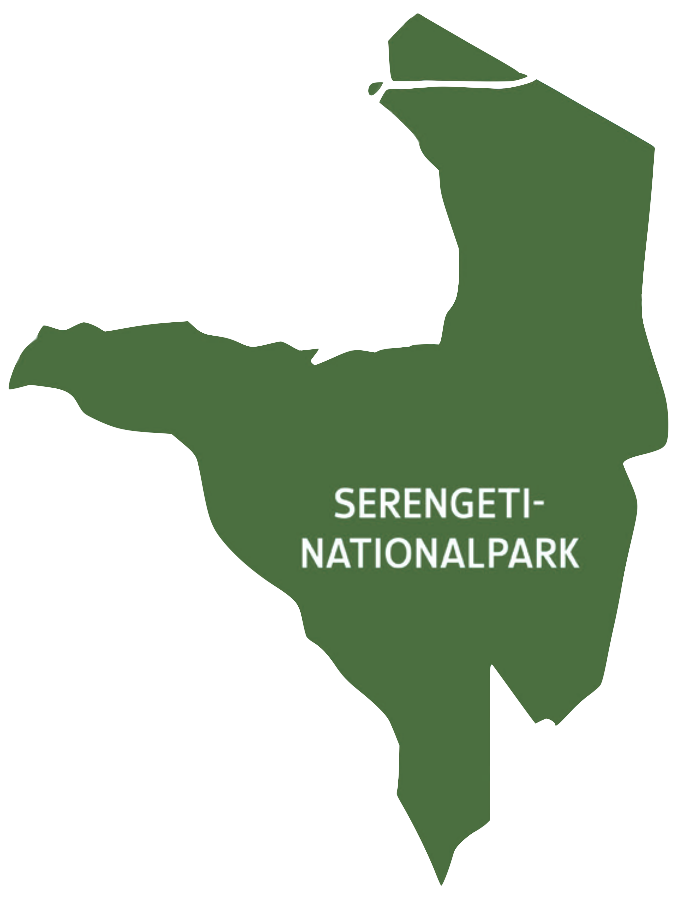Great Migration – Experience the Spectacle of the Great Wildlife Migration in Tanzania
Millions of wildebeest, zebras, and predators – and you, right in the middle of it all.
What Is the Great Migration?
Every stage of this journey tells its own story. The Great Migration is more than just movement. It’s pure life! What awaits you is a sense of awe that stays with you forever. Witness the Great Migration in Tanzania – and find yourself at the very heart of Africa’s rhythm.
Great Migration Offers – Your Safari Experience in the Heart of the Wild
Great Migration in the North – The Dramatic Mara River Crossings
Famous crossing hotspots like Kogatende and Lamai offer front-row seats to this drama, where, with a bit of luck, you can witness entire herds bravely charging into the river. The Serengeti Mara area and the border region with Kenya’s Masai Mara are also among the top locations for migration viewing.
This phase of the Great Migration is emotional, intense, and full of raw energy ideal for anyone looking to experience wild Africa in its purest form. Our northern safari packages bring you close to the action, with expert guides who know exactly where to be.
Great Migration in the South – Calving Season in the Ndutu Region
Over 500,000 wildebeest cows give birth almost simultaneously here – sometimes up to 8,000 calves a day. This incredible synchronicity not only draws in photographers but also predators like lions, hyenas, and cheetahs, which closely follow the action.
With its open plains, small lakes, and acacia woodlands, the Ndutu area offers ideal conditions for wildlife viewing. This region is perfect for travelers who want to experience the emotional side of the Great Migration in Tanzania: the beginning of a new life cycle – intense, moving, and truly authentic.
Great Migration in the West – Serenity and Nature Along the Grumeti River
The Grumeti River is especially known for its enormous Nile crocodiles that lie in wait along the banks for the migrating wildebeest to cross. Unlike the Mara River, crossings here are less frequent but no less spectacular – and far less crowded.
The west offers ideal conditions for travelers seeking a blend of wilderness, authenticity, and comfort. Some of the Serengeti’s most beautiful and exclusive lodges are located here – perfect for a serene yet immersive safari experience during the Great Migration.
If you want to experience nature and wildlife in an almost untouched setting, the western corridor is the perfect choice.
When and Where to Best Experience the Great Migration in Tanzania
From April to June, the animals move into the western corridors. During this stage of the Serengeti migration, they cross open plains and river landscapes – a quieter yet captivating part of the journey.
The most dramatic chapter unfolds between July and October: the herds reach the north near Kogatende and take on the legendary Mara River Crossings. Thousands of wildebeest leap into the river – crocodiles await, adrenaline runs high. Afterward, the animals spend about a month in Kenya’s Masai Mara before returning to Tanzania.
Not sure when the best time to experience the Great Migration is? Our Wildfinder team is happy to offer you detailed and personal advice.
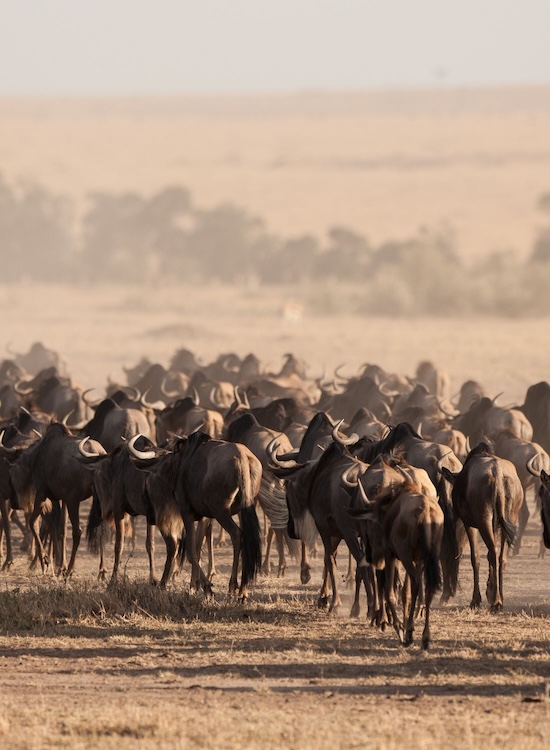
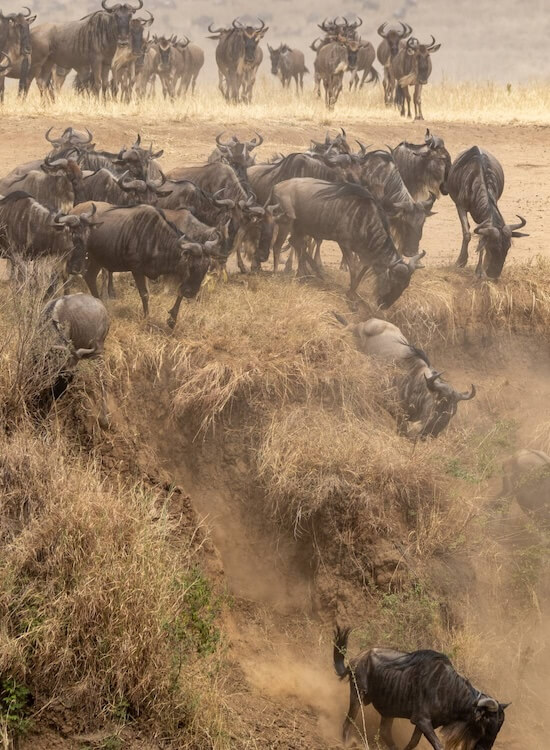
How to Plan Your Perfect Great Migration Safari
Planning your Great Migration safari starts with a few key questions: When do you want to travel? What’s your budget? And what matters most to you – spectacular photo opportunities or a family-friendly adventure?
The Great Migration in Tanzania can be experienced year-round, but the timing and region greatly influence what you’ll see. Families often prefer shorter drive times and comfortable lodges. Photographers, on the other hand, target specific locations and months for the best light and wildlife behavior – often opting for mobile camps right in the heart of the action.
Accomodations also play a major role. From authentic tented camps to exclusive luxury lodges, there’s something for every budget and desire for closeness to nature. And if you’re flexible, you can take advantage of special deals during the low season.
Whether you’re traveling solo, as a couple, or with family – a Great Migration safari can be tailored entirely to you. The wildlife movement follows a natural rhythm, but your journey can be just as unique as the phenomenon itself.
The Wildfinder team is here to help you plan your dream safari – with honesty, experience, and an eye for every detail.
Conservation on Safari – What Needs Protecting Behind the Scenes of the Great Migration
Sustainable tourism plays a vital role in preserving the Great Migration in Tanzania. Conscious travel supports local communities, funds conservation projects, and helps ensure that this breathtaking event remains a reality for future generations.
Many camps today rely on solar power, waste reduction, and fair working conditions. And you, too, can make a big difference with small choices. A safari to witness the Great Migration isn’t just an adventure – it’s a commitment to respecting nature. Because only together can we ensure that the Great Migration continues to roam across the endless plains of East Africa.
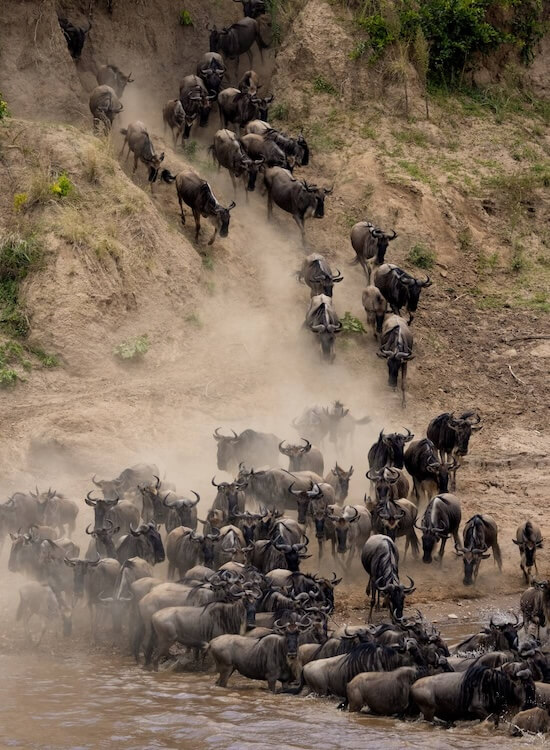
FAQ
When Do the Spectacular Mara River Crossings Take Place?
– July to October
– Peak viewing: August & September
– Location: Around Kogatende in the northern Serengeti
Exact timing may vary depending on rainfall patterns.
When Is Calving Season During the Great Migration?
Where Can You Experience Calving Season During the Great Migration in Tanzania?
How Far in Advance Should I Book a Great Migration Safari?
The Wildfinder team is happy to support you with personal advice and knows the best timeframes for your dream journey – even for short-notice bookings!

In the Footsteps of the Herds – Your Great Migration Safari
